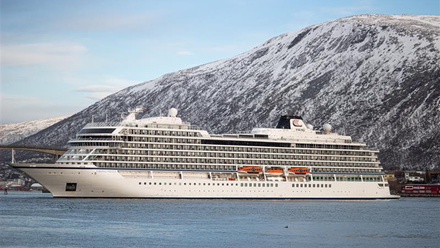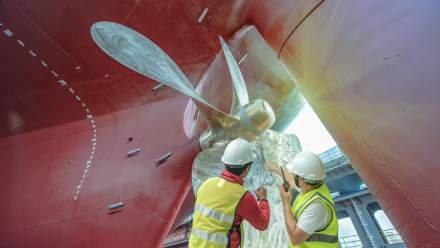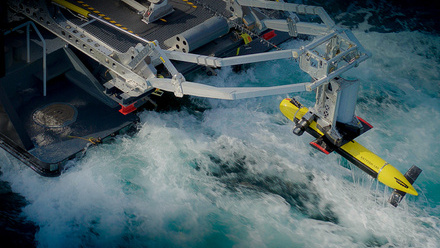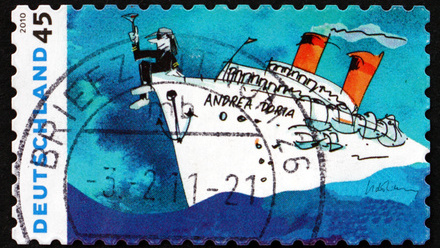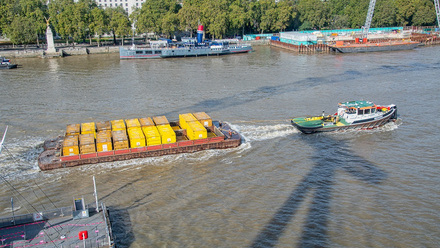A return to the Titanic with remotely operated vehicles
The ill-fated Titanic, more than 110 years after it tragically struck an iceberg, still has the power to surprise as new research has shown.
In its first Titanic expedition in over 10 years, a 20-day mission by RMS Titanic Inc recorded intricate photographic detail of the ship after 112 years resting 12,500 feet down on the ocean floor. It was also a poignant voyage as it was the first since the Oceangate Titan disaster of 2023 that claimed five lives including that of RMS Titanic Inc’s Director of Underwater Research Paul-Henri Nargeolet.
This new mission didn’t involve any humans as a pair of remotely operated vehicles (ROVs) equipped with the very latest state-of-the-art photographic equipment were sent down to record the wreck in unprecedented 65K high resolution imagery.
In one of the most remarkable finds so far, an intact two-foot-tall Roman marble statue named Diana of Versailles was discovered, while other images showed the natural decay of the wreck, with a 15-foot railing having fallen off the bow.
“Much of Titanic’s fine art was made of organic materials, breaking down into the earth after many decades submerged in the hostile environment of the North Atlantic,” RMS Titanic Inc wrote on X. “But some art was built to stand the test of time, like the Roman goddess Diana who sat atop the fireplace mantle in the First Class Lounge.”
The logistics ship Dino Chouest was used as a base of operations for this latest expedition. One main area of investigation is the aforementioned debris field between the two main bow and stern hull sections as this area has not been definitively investigated since the Titanic was first discovered in 1985. This is what co-expedition lead Dr David Gallo hoped to achieve with this latest mission: “We want to see the wreck with a clarity and precision that’s never before been achieved,” he enthused.
Technology at the fore
The ROVs were also fitted with a magnetometer, which had never been tried before in Titanic explorations. It is hoped that the instrument will detect all metals in and around the vessel including those in the seabed and possibly highlight areas where the RMS Titanic Inc, which has retrieved some 5,500 pieces from the wreck site already, could focus on in the future. These areas include those containing an electric candelabra and a second Steinway grand piano. One of the key targets for RMS Titanic Inc, however, remains the Wireless Radio Room from where the famous SOS signal was sent.
David Sheetz, Vice President of C-Innovation, makers of the ROVs used on the expedition, said: “The components are all better. Everything is made out of special materials, there’s a lot of titanium and aluminium and then we can stay down for days at a time and do specific tasks. The reliability has come a very long way.”
During the 20-day stay above the famous ship, the team’s two six-tonne ROVs scanned the whole of the wreck site which measures many miles in all directions with repeated 1.3km by 0.97km section runs over the seafloor.
Bill Ishee, Project Manager for C-Innovation said: “The ROVs have vectored thrusters so they can move pretty much 360 degrees in any direction. It’s shooting lasers out providing point cloud data that is in turn processed by software that’ll produce a 3D model of the ship.”
The resolution is said to be good enough to count individual grains of sand. With this clarity of imagery, researchers expect to be able to answer several outstanding questions including just how fast and to what depth the ship’s bow impacted through the sediment.
To discover and discuss maritime history, a new IMarEST Connect group is now open.
Image: port profile of the completed ship in Belfast Lough; credit: National Museums NI.
Tell us what you think about this article by joining the discussion on IMarEST Connect.


